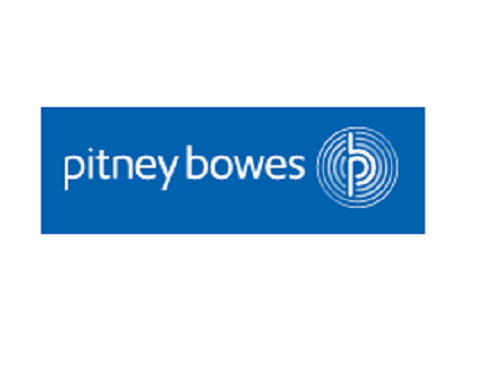
Untangling the web

Clive Stringer, Business Development Director with Pitney Bowes, offers his Top Ten Tips on how to untangle the complex web of compliance in transactional mailing. MARKET OPINION
Despite the increase in digital communication, transactional mail in physical format – invoices, statements, renewal notices, quotes and policy documents – remains popular, and looks set to maintain its popularity for the foreseeable future. A study by PWC predicts the number of transactional mail items sent in the UK alone will remain stable between now and 2024, and will continue to represent around 50% of all posts1.
61%2 of us prefer to receive bills and invoices by physical mail, which is why internet banks continue to give us the option of paper or digital statements. We trust physical transactional mail because it is credible, relevant, accurate and secure. Some of us choose physical over digital altogether, and prefer not to conduct internet banking at all: 42% of those people who have not gone digital with their banking say the main reason is a concern about security3.
We like the fact that our transactional post is tangible and that we can file it away neatly, to refer to when we need to: 34% of consumers who receive financial statements by post do so to keep paper records4. This preference for transactional mail stretches beyond the UK: in Germany, too, physical transactional mail is preferred, with one of the potential reasons being that consumers are not hugely accepting of digital signatures. In France, mailing houses are accounting for an ever-larger share of transactional and direct marketing mail, with growth of 4.5% in the prepared transactional mail segment5.
The desire for physical transactional mail spans both the Business to Consumer (B2C) and the Business to Business (B2B) markets. B2B transactional mail tends to comprise lower volumes but higher values, and there is less need to reduce mail quantities as ‘the printing and mailing costs are usually a lower proportion of the overall transaction or customer value than in B2C’6.
Along with this customer preference though comes an ever-present challenge for those businesses responsible for managing physical transactional post, whether high-volume consumer mail or lower-volume but higher value business mail. Those businesses have to cope with the added and continued complexities brought by the regulatory environment, and comply with a string of constantly-changing rules.
Achieving compliancy means meeting different stipulations for different industries. Financial services and utilities firms need to send mandatory customer notices at specific times and frequencies, for example. And if you’re a global business mailing to different regions, you need to get to grips with the different regulatory environments in each region. Add to this the huge number of other regulations – financial, security, environmental, health and safety and a string of vertical regulations – and this web of complexity can be incredibly difficult, costly and time-consuming to unravel. There are, however, ways to minimise complexity, leaving your business free to focus on driving innovation, increasing revenue and improving performance. The following framework will help you stay ahead of compliancy, minimise risk, reduce unforeseen costs in transactional mail and help your business maintain a competitive advantage:
- Plan for the changes: bookmark the key dates and use project planning apps and tools to stay on track if you need to
- Engage a team from around the business as early as you can: including subject matter experts, legal counsel, IT/IS representatives, marketing representatives and communications employees
- Speak to your clients about the impact of regulatory change on their business and on their own clients
- Consider a Customer Advisory Board, so you can identify concerns and share plans to address these concerns in a regular, face-to-face forum
- Get close to your industry regulator – find a contact there, know who to speak to if you need to and make sure you’re on digital and physical mail distribution lists
- Follow digital feeds from trade associations, peers and industry publications for examples of best practice in your particular industry
- Take advice: speak to consultants or vendors about how they can help you ensure compliance with precision and accuracy
- Identify any process, system or solution changes required: some of our customers use DFWorks® and Output Manager, for example, to ensure they are compliant with strict regulatory requirements relating to tracking and measuring secure documentation.
- Make your products and solutions work harder: consider integrating solutions which streamline both commercial and regulatory compliance, such as Pitney Bowes IntelliVIEW™, which provides several different tracking reports to track mail through the system, making it easy and inexpensive for companies to provide comprehensive compliance data for regulators
- Share what you’re doing, and the changes your business is making to stay compliant, with your market: it demonstrates transparency, credibility, integrity and agility
There is a place in our hearts, homes, and businesses, for physical transactional mail. Whilst ensuring our organisations are compliant may be complex, we know these regulations exist to protect consumers and businesses – ours, and those of our clients. Ultimately, staying on top of the regulatory environment means that we can continue to empower clients with precise, accurate, timely transactional communications, whether physical or digital, and empowered customers are happy customers.
1,3,4,6 Source: The Outlook for Mail Volumes to 2023, PWC for Royal Mail
2 Pitney Bowes Leflein Associates research
5 Autorité de régulation des communications électroniques et des postes research (ARCEP)











